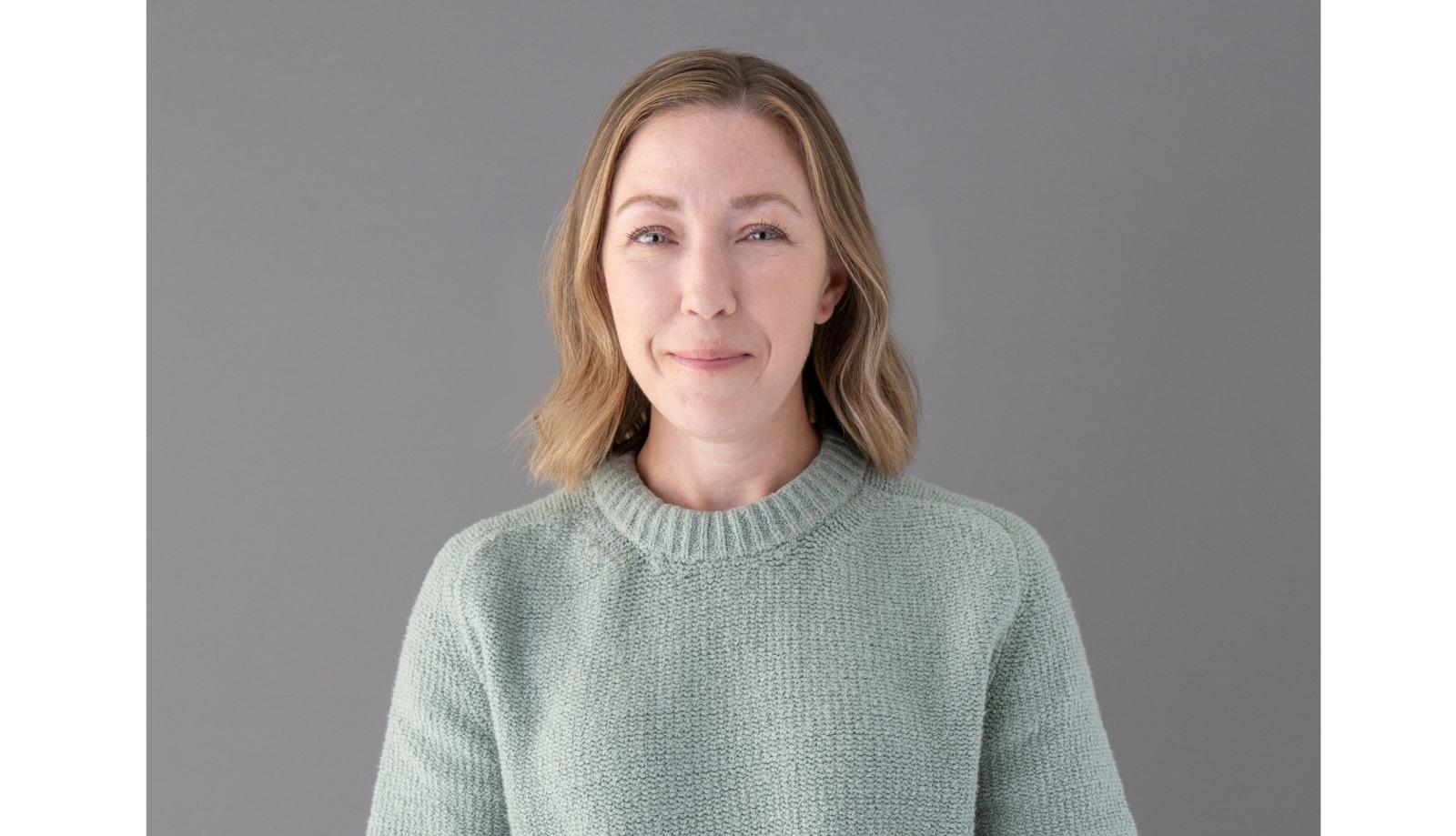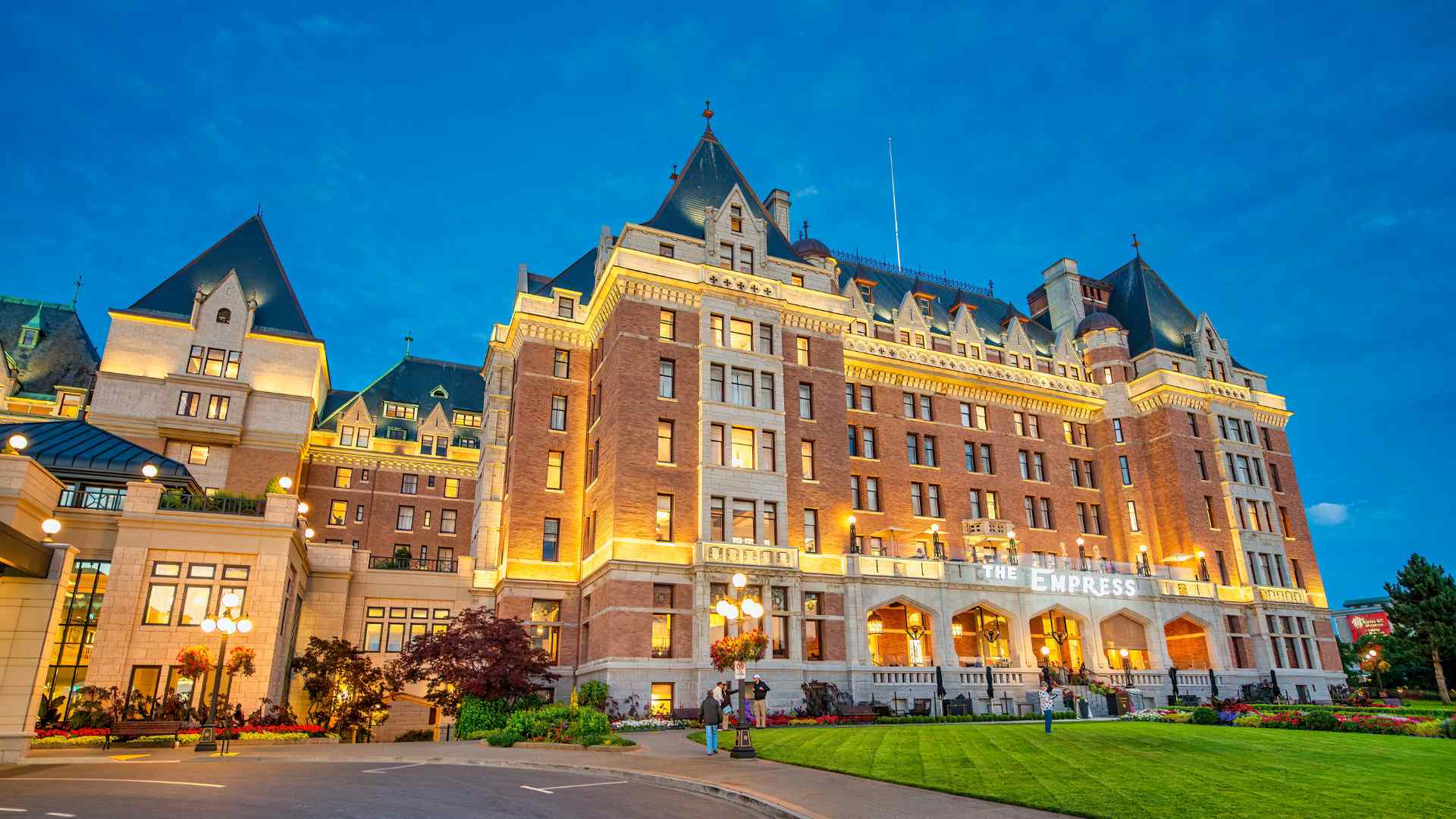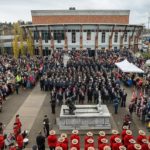Anthropologist Nicole Kilburn explains how “restless spirits” and cultural views on death shape B.C.’s ghost stories and Halloween traditions.
Exploring the Spirits of Halloween
As Halloween fills B.C. with eerie tales and haunted legends, one local expert is inviting people to look beyond the chills. Nicole Kilburn, an anthropology instructor at Camosun College in Victoria, says ghost stories reveal much more than superstition—they reflect how societies understand death, memory, and the afterlife.
Understanding the Origins of ‘Restless Spirits’
Kilburn describes ghosts as “restless spirits,” often linked to what she calls a “bad death”—dying young, violently, or without closure. “They are stuck between worlds,” she explained in an interview. “They haven’t had a chance to say goodbye or finish their business, which prevents them from becoming ancestors.”
Such stories, she adds, stem from the discomfort many North Americans feel about mortality. “In our culture, we avoid the word ‘death’ altogether. We say ‘passed away’ or ‘lost someone,’ as if to soften its reality,” she said.
How Culture Shapes Our Fear of Death
According to Kilburn, colonial Victorian attitudes continue to influence modern anxieties around death. Unlike cultures that accept spirits as part of life, Western societies often see them as malevolent or unreal. This, she argues, fuels both fascination and fear—especially during Halloween.
“Halloween gives us permission to flirt with fear,” Kilburn said. “It’s a safe way to engage with something that’s ultimately very uncomfortable—our own mortality.”
The Historical Roots of Halloween Traditions
Many Halloween customs, Kilburn noted, began as protective rituals against spirits. Europeans once carved faces into turnips or beets to scare away the dead—a practice that evolved into the North American pumpkin jack-o’-lantern. Even tales of the undead, she said, arose when mass graves were disturbed during the plagues of the 16th and 17th centuries.
“These traditions weren’t just fun—they were ways of managing fear and grief,” Kilburn explained.
Haunting Tales Close to Home
Victoria’s scenic coastlines hold some of B.C.’s most enduring ghost stories. One of the best known is the “April ghost” of the Victoria Golf Club—the spirit of Doris Gravlin, murdered in 1936. Her husband’s body was later found nearby, and the case ruled a murder-suicide.
“Her story fits what anthropologists might call a ‘bad death,’” Kilburn said. “You don’t need to believe in ghosts to understand how her spirit might be imagined as restless.”
Reframing Death Through Memory and Ritual
Kilburn believes the key to a “good death” lies in remembrance. “When people feel they won’t be forgotten, their spirits are at peace,” she said. In many cultures, rituals known as “defensive mourning” protect the living from grief while honouring the dead.
Ultimately, Kilburn sees Halloween as more than a night of fright—it’s a reminder to face what we fear most. “Acknowledging death,” she said, “helps us live with greater awareness of life.”
Your voice. Your city. Your news. Stay connected with Surrey Speak.




























